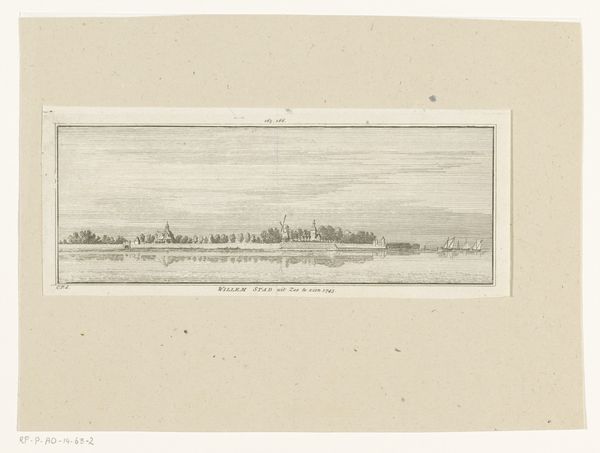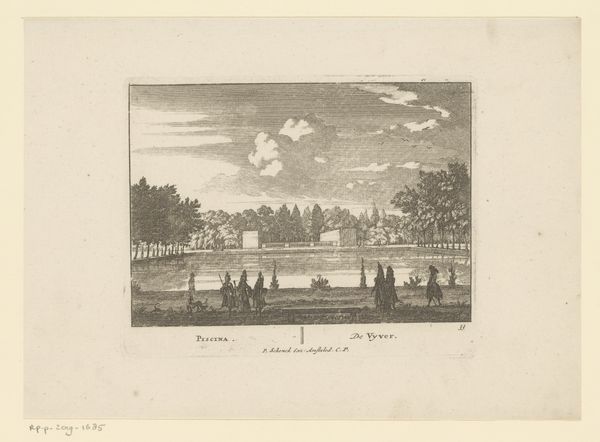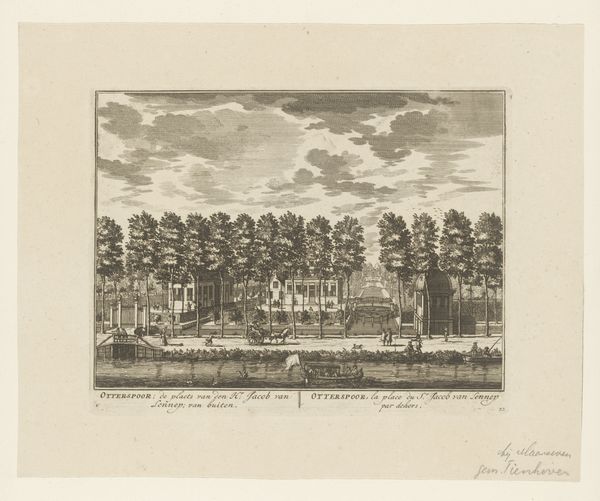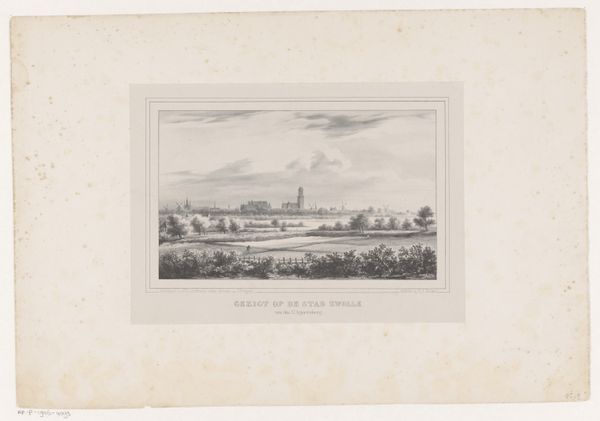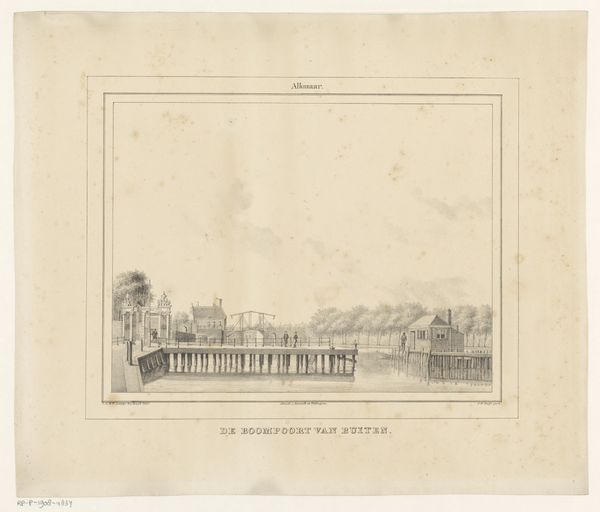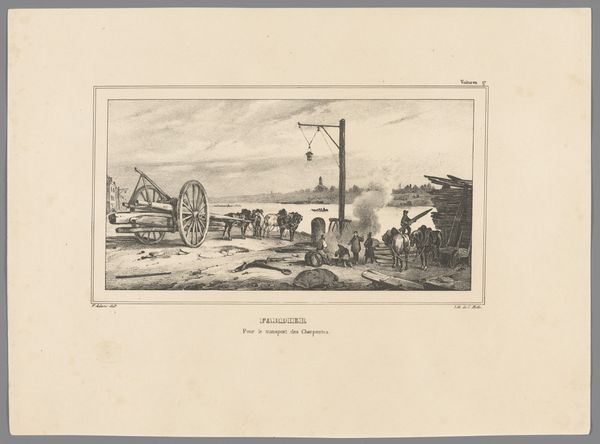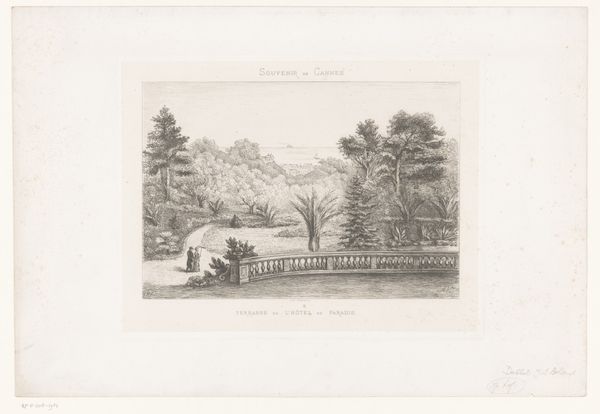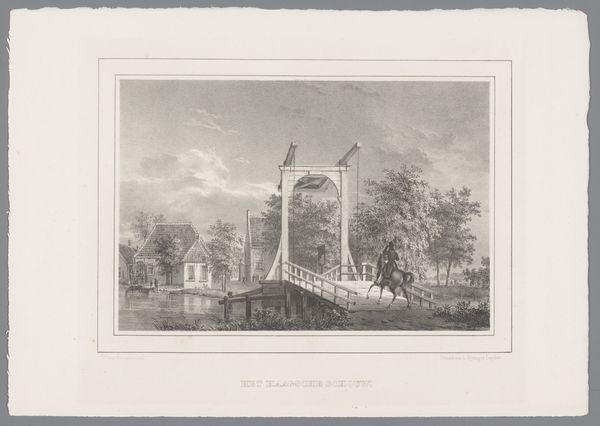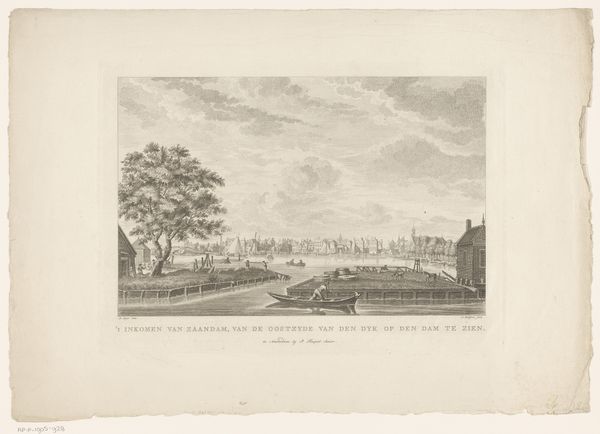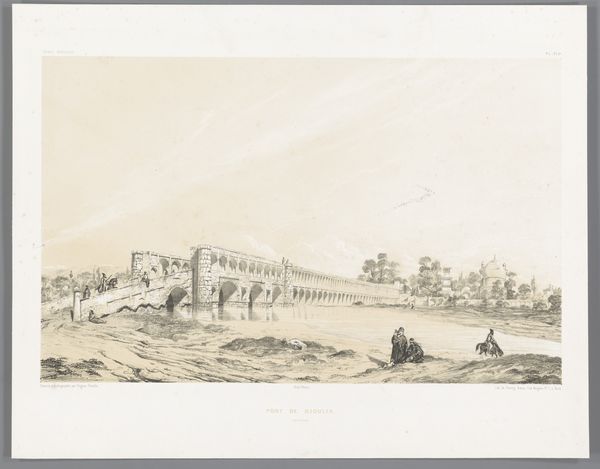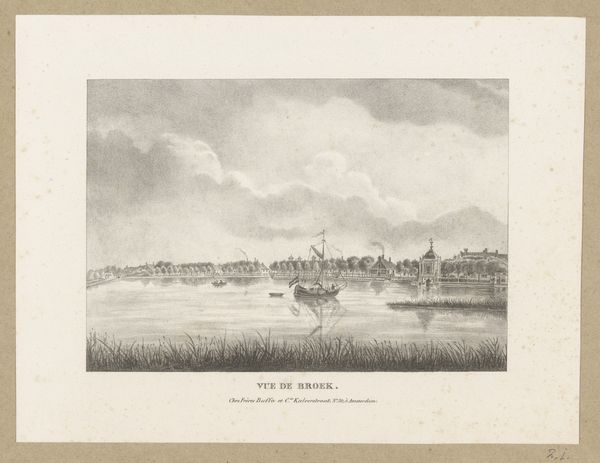
drawing, print, etching
#
drawing
#
neoclacissism
# print
#
etching
#
old engraving style
#
landscape
#
line
#
cityscape
#
realism
Dimensions: height 250 mm, width 310 mm
Copyright: Rijks Museum: Open Domain
This delicate rendering of Broek in Waterland was made using graphite, a relatively soft and readily available material, carefully applied to paper. The artist's hand moved with a sensitivity characteristic of drawing. This work provides a glimpse into a quiet scene, and although anonymous, it is clear that the artist was skilled in their practice. The process of layering graphite allowed for precise tonal gradations, building up areas of shadow and defining the reflections in the water. The choice of graphite on paper speaks to a certain intimacy and directness. Unlike the labor-intensive processes of oil painting or sculpture, drawing offers immediacy. Yet, the meticulous detail suggests considerable time and care were invested in its making. It’s important to remember that even seemingly straightforward materials and processes carry social significance. The availability of affordable materials like graphite democratized art-making to some extent. Considering these aspects encourages a deeper understanding of the artwork beyond its aesthetic qualities.
Comments
No comments
Be the first to comment and join the conversation on the ultimate creative platform.
